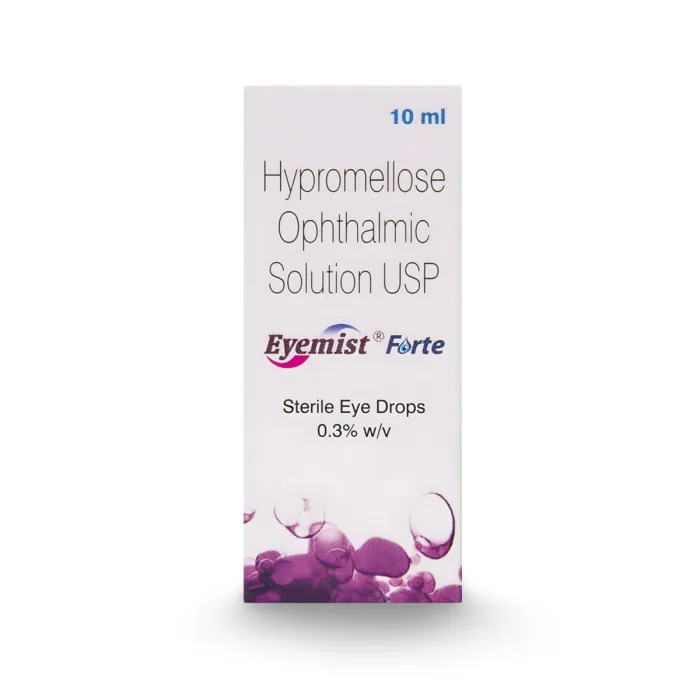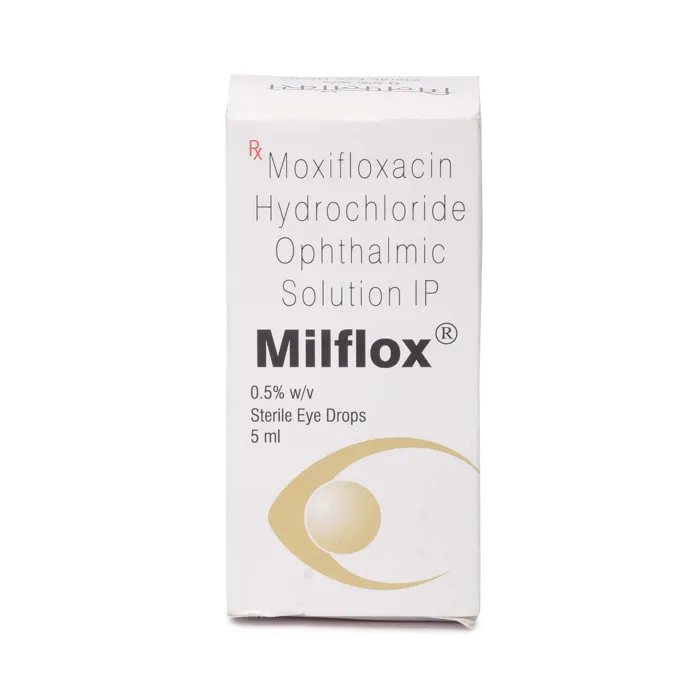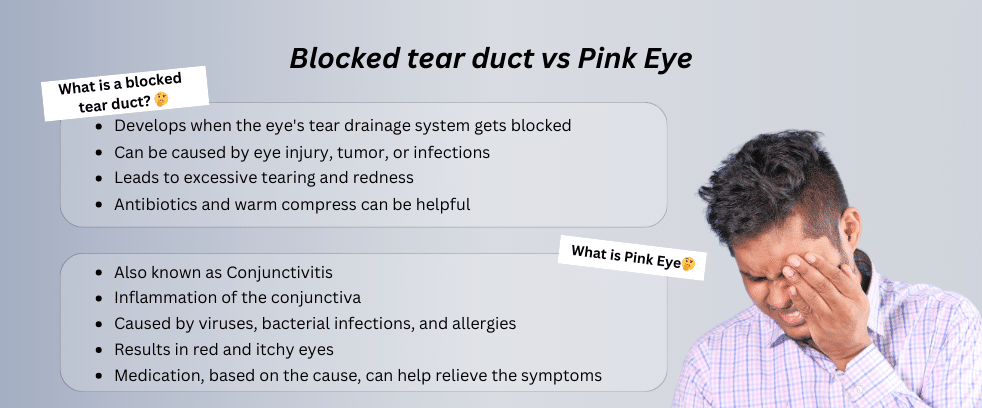Have you ever woken up with watery, itchy eyes and wondered if it was something serious? Maybe you have a clogged tear duct or the dreaded pink eye.
Although both conditions can cause discomfort in your eyes, they have different origins and require different treatment procedures. A blocked tear duct occurs when the channel that drains tears gets clogged, resulting in excessive tearing and possible infection.
Pink eye, also known as Conjunctivitis, is an inflammation of the eye’s outer membrane, usually caused by infections or allergies, leading to redness and pain.
Let’s look at the fundamental aspects of blocked tear duct vs Pink Eye to help you understand what’s going on with your eyes and how to manage it.
Pink Eye and Blocked Tear Ducts: Detailed Comparision
Blocked tear ducts and Pink Eye (Conjunctivitis) are two eye conditions frequently mistaken due to common symptoms such as redness and excessive tearing; however, both are different.
Let’s further explore the detailed comparison between both conditions:
Save up to 90% on your medicine bills

Eyemist Forte 10 ml

Milflox 0.5% 5 ml

Restasis 0.05% Ophthalmic Emulsion

Pred Forte 10 ml
Blocked Tear Ducts
Definition: A blocked tear duct occurs when the eye’s tear drainage system becomes blocked. Normally, tears flow from the eye’s surface into the tear ducts through tiny openings (puncta), eventually draining into the nose.
When these ducts get clogged, tears cannot adequately drain, resulting in watery eyes, infections, or inflammation. Additional symptoms of blocked tear ducts include:
- Redness around the eyes
- Swelling at the corner of the eye
- Discharge from the eyes
- Blurred vision due to excess tears
Causes: Blocked tear ducts are frequently caused by infections, injury, or a tumor in the tear duct system. They are more common in older adults and newborns because the tear duct is undeveloped at birth, and they often affect just one eye.
Treatments: Treatment for blocked tear ducts is based on the cause and severity of the condition. For infants, the condition may cure on its own, although gentle massage around the tear ducts can be beneficial. For adults, treatment options include warm compresses and antibiotics.
If the blockage remains, a surgical procedure known as Dacryocystorhinostomy (DCR) may be needed to create a new drainage channel.
Pink Eye
Definition: Pink Eye, also known as Conjunctivitis, is an inflammation of the conjunctiva, a thin, transparent layer of tissue that protects the white part of the eye and the inside of the eyelids. The inflammation makes blood vessels in the conjunctiva more clearer, giving the eye a pink or red appearance.
Other noticeable symptoms of Pink Eye include:
- Itching or burning sensations
- Watery or thick, yellow-green discharge from the infected eye
- Crustiness around the eyes, particularly after waking up
- Light sensitivity
- Gritty sensation in the eyes
Causes: Causes of Pink Eye usually involve a viral or bacterial infection or eye allergies. It is highly contagious and may be easily transmitted through direct contact with eye fluids or infected surfaces.
Treatment: Managing Pink Eye symptoms often involves addressing the underlying cause. Viral Pink Eye often cures on its own in 1-2 weeks.
Antibiotic eye drops or ointment is required to treat Bacterial Pink Eye. Allergic Pink Eye is treated with antihistamines or anti-inflammatory eye drops.

Blocked Tear Duct vs Pink Eye
The comparison table below provides key differences between Pink Eye and blocked tear ducts:
| Feature | Blocked tear duct | Pink Eye |
|---|---|---|
| Cause | An obstruction in the tear drainage system | Viral or bacterial infections or allergies |
| Prevalence | More common in older adults and infants | Can affect all age groups |
| Eye affected | Usually one eye | Can affect one or both eyes |
| Symptoms | Watery eyes, swelling at the tear duct, discharge, ongoing infections, and impaired vision due to tears | Red or pink eyes, stinging, burning, runny or thick discharge, crustiness, light sensitivity |
| Contagious | No | Yes |
| Treatment | Warm compress, massage, antibiotics, surgery (if severe) | Cool compress, antibiotic drops (bacterial), antihistamines (allergic), resolves on its own (viral) |
| Shop Now | Buy Now | Buy Now |


Frequently Asked Questions
Can a blocked tear duct affect vision?
No, a blocked tear duct has no direct effect on vision. However, excessive tears may cause temporary blurring. See our Recommendations
Can a clogged tear duct cause Pink Eye?
No, a clogged tear duct usually doesn’t lead to Pink Eye. However, a long-term obstruction might raise the likelihood of eye infections. See our Recommendations
Is it possible to have a clogged tear duct in one eye and a Pink Eye in the other?
Yes, although it is rare to have a clogged tear duct in one eye and a Pink Eye in the other. They are different conditions, both may harm a single eye at a time. See our Recommendations
Is surgery ever necessary for Pink Eye?
No, Pink Eye rarely requires surgery. It is only necessary if problems, such as extensive scarring, arise, which is very uncommon. See our Recommendations
Can allergies cause a clogged tear duct?
Although allergies often induce Pink Eye symptoms, they can inflame and narrow the tear ducts, increasing their likelihood of getting blocked. See our Recommendations
Cheap Medicine Shop only refers to credible, authoritative sources for our content. If you’re curious about how we ensure the integrity of our content, we encourage you to read our Content Information Policy.














